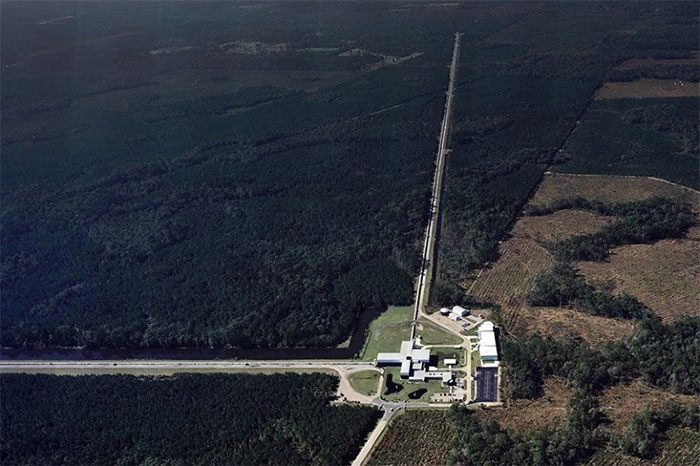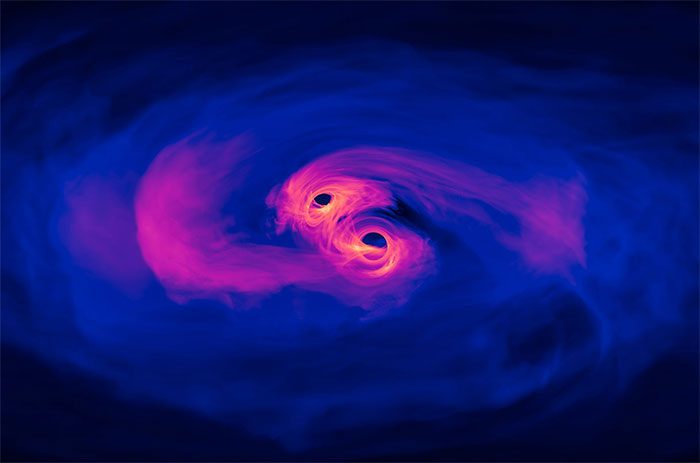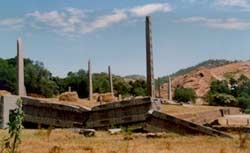The Laser Interferometer Gravitational-Wave Observatory (LIGO), featuring two giant detectors located in Washington and Louisiana, has completed a multi-million dollar upgrade and is back in operation.
This upgrade enables the observatory to detect signals from black hole collisions every 2 to 3 days, compared to once a week or longer previously.
The gravitational waves that LIGO detects are generated by massive objects moving rapidly. These waves stretch the fabric of space as they propagate. Since LIGO began operations in 2015, the observatory has recorded approximately 90 gravitational wave events, most of which originate from the spiraling motion of black hole pairs during their merger into a single entity.
The Observatory Detects Black Hole Collisions
LIGO consists of two detectors or interferometers located in Washington and Louisiana. Each interferometer splits a laser beam into two and reflects them back and forth between mirrors situated at each end of two long vacuum tubes. Each tube is 4 km long and arranged perpendicularly to form an L-shape. At the intersection of the two tubes is a sensor.
In the absence of any disturbances in space, the oscillations of the laser beams cancel each other out. However, if space is stretched by gravitational waves, the distances between the laser beams in the two tubes will shift, causing them not to overlap perfectly, and the sensor will detect this “phase shift.”
The degree of stretching that gravitational wave events impose on the tubes is typically just a fraction of the width of a proton. To enable the sensor to record such minute changes, the system must be isolated from environmental noise and noise generated by the laser beams themselves.

The LIGO Observatory consists of two identical interferometers in Washington and Louisiana (USA), each formed by two 4 km long tubes arranged in an L-shape. (Image: Xinhua/Caltech/MIT/LIGO Lab).
In the upgrade prior to the observatory’s operation during the 2019-2020 phase, scientists reduced noise using a technique called “squeezed light.”
This technique aims to reduce noise originating from the laser light itself. Light is made up of individual particles, so when the laser beams reach the sensor, individual photons can arrive either earlier or later, preventing the laser waves from overlapping and perfectly canceling each other out even in the absence of gravitational waves.
The “squeezed light” technique introduces an auxiliary laser beam into the interferometer, with more uniform and less noisy photons, to mitigate this effect, explained Lee McCuller, a physicist at the California Institute of Technology.
Challenges in Achieving Perfect Measurements
However, due to the strange laws of quantum mechanics, reducing the uncertainty in the arrival time of the photons increases random fluctuations in the intensity of the laser waves. This causes the laser beams to push the mirrors in the interferometer, causing them to shake, which introduces another type of noise that reduces their sensitivity to low-frequency gravitational waves.
“This is a beautiful phenomenon of nature, showing that we cannot achieve an absolutely precise measurement; when we refine one aspect, we must pay a price in another area,” said Nergis Mavalvala, an experimental physicist at MIT.

Simulation of two black holes colliding and merging into one. (Image: NASA’s Goddard Space Flight Center).
The upgrade from 2020 to the present aims to address this issue. Scientists have constructed additional 300-meter vacuum tubes, with mirrors at both ends, to store the auxiliary beam for 2.5 milliseconds before feeding it into the interferometer. The role of these tubes is to adjust the wavelength of the auxiliary laser beam, reducing high-frequency noise while simultaneously reducing mirror shaking at low frequencies.
With this improvement, researchers will be able to extract more detailed information about how black holes generate gravitational waves, including how each black hole spins around its axis and how they orbit each other. This means that Albert Einstein’s general theory of relativity – the theory that predicts the existence of both black holes and gravitational waves – will be tested more rigorously than ever before.
Astronomers also predict that gravitational waves will reveal other types of signals beyond those from black hole collisions and mergers, such as the gravitational signals from a star collapsing before becoming a supernova explosion. Scientists also hope to detect gravitational waves from the surface of a pulsar, a rotating neutron star emitting radiation pulses.





















































